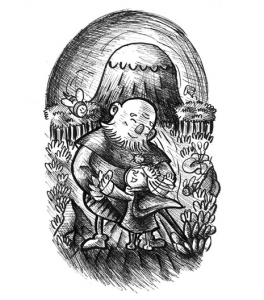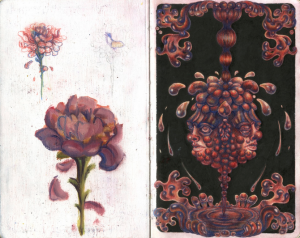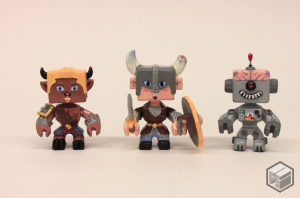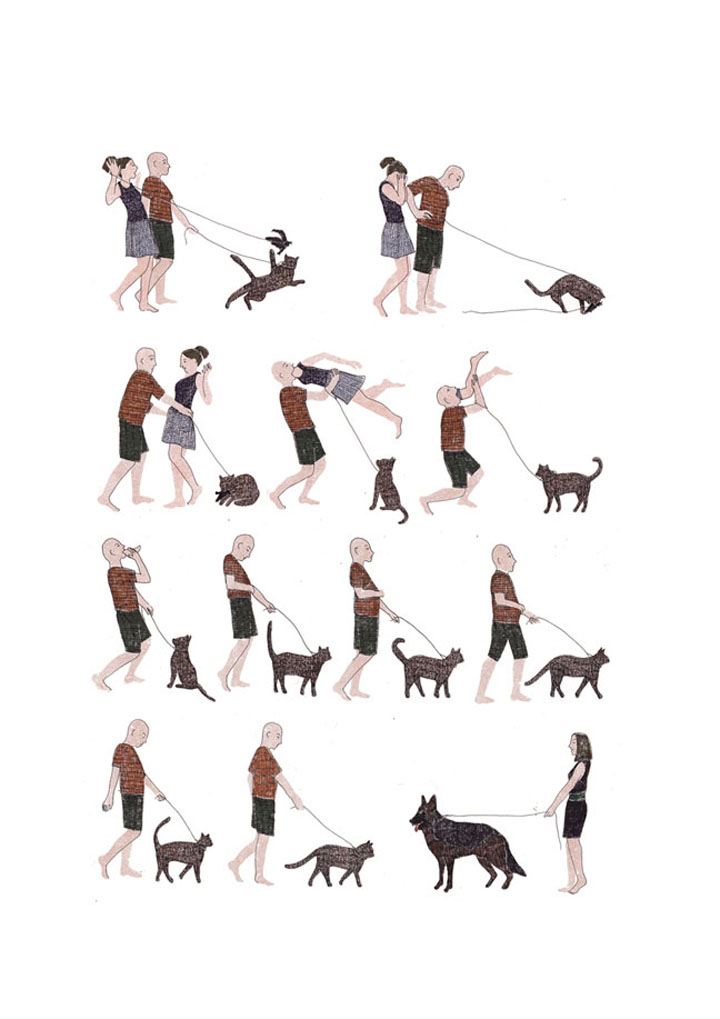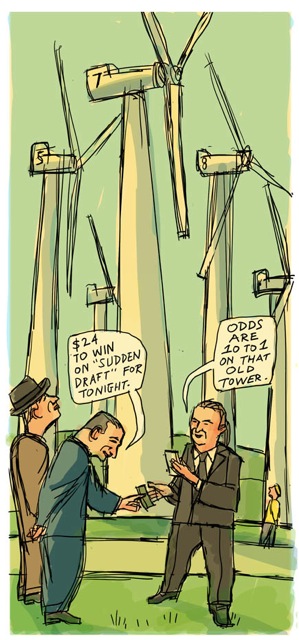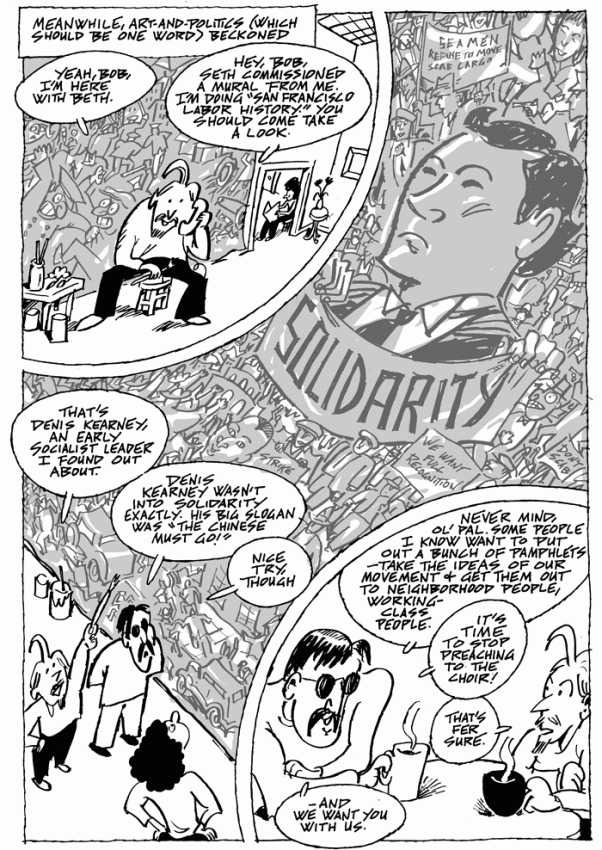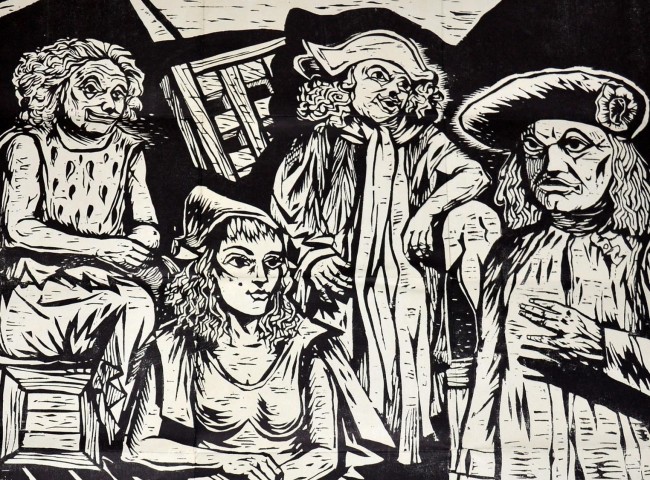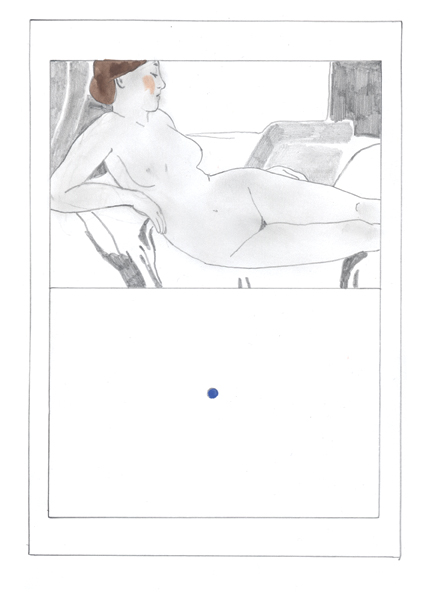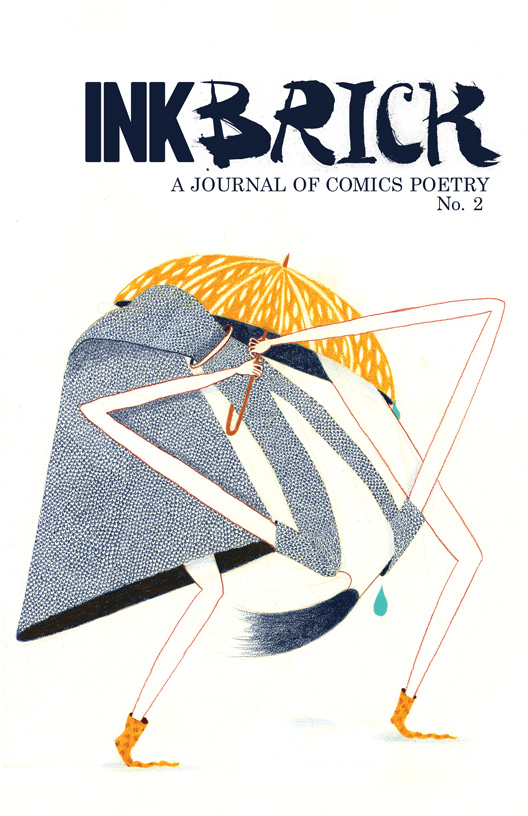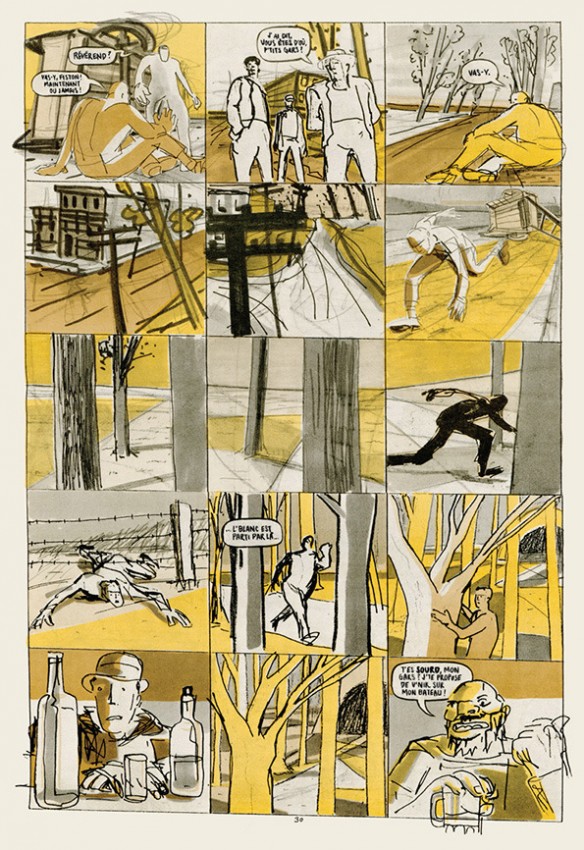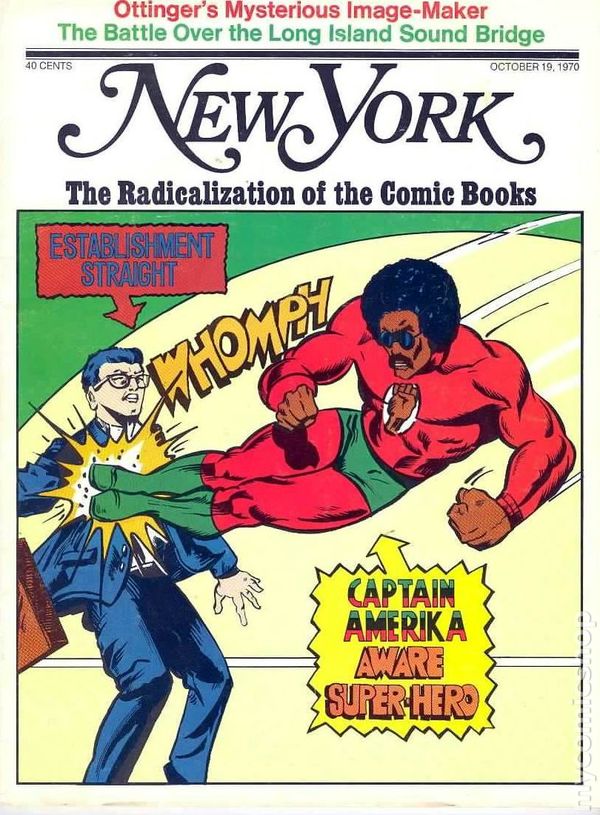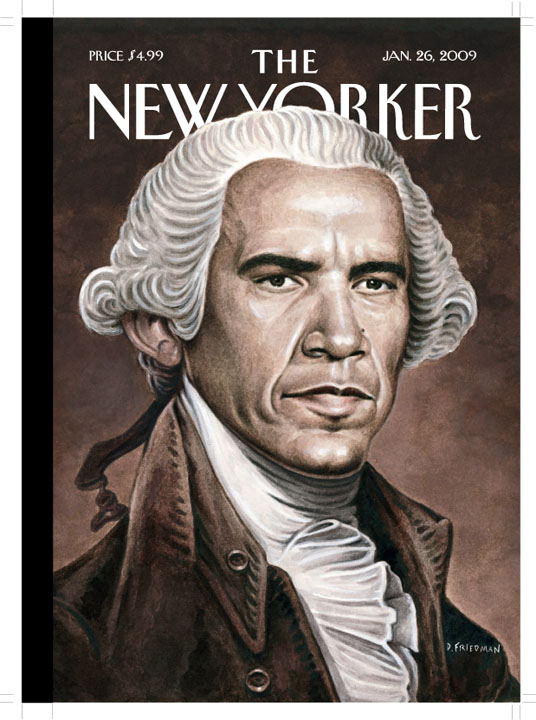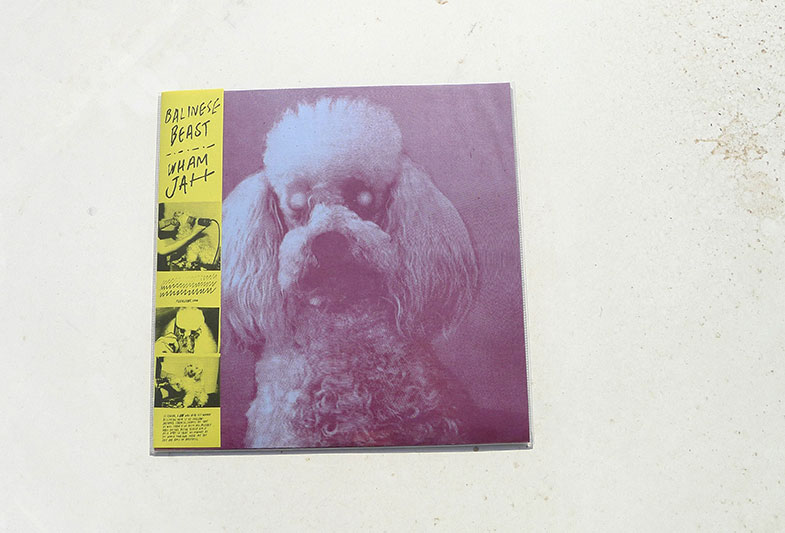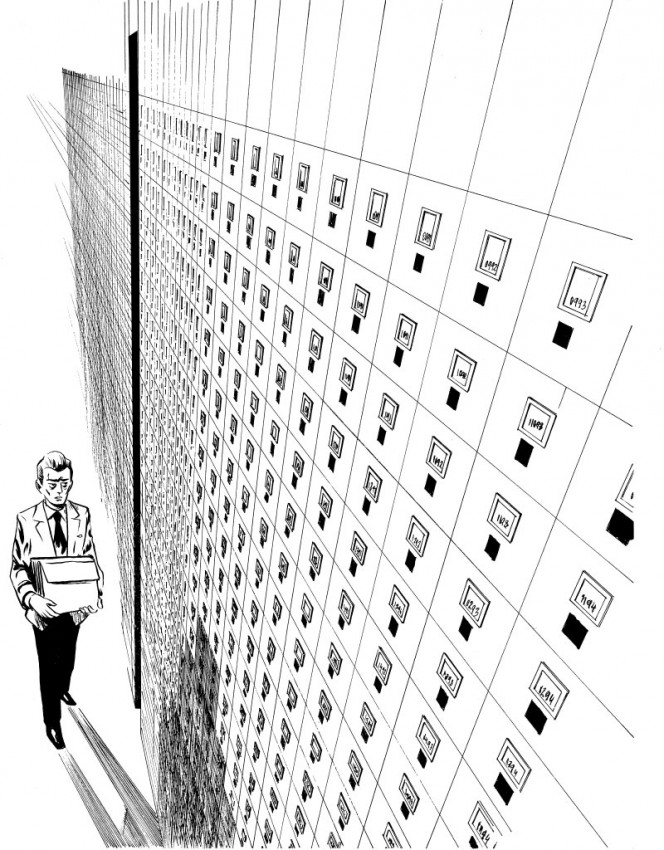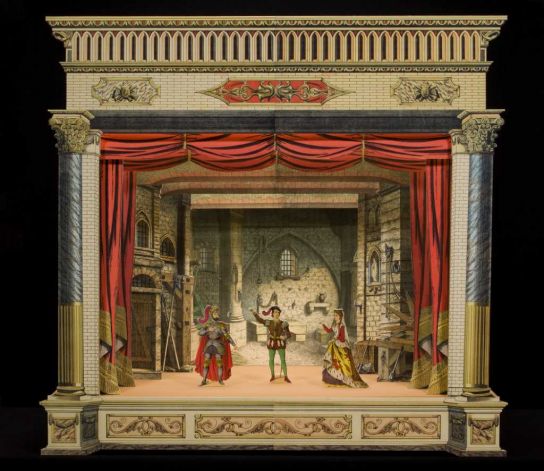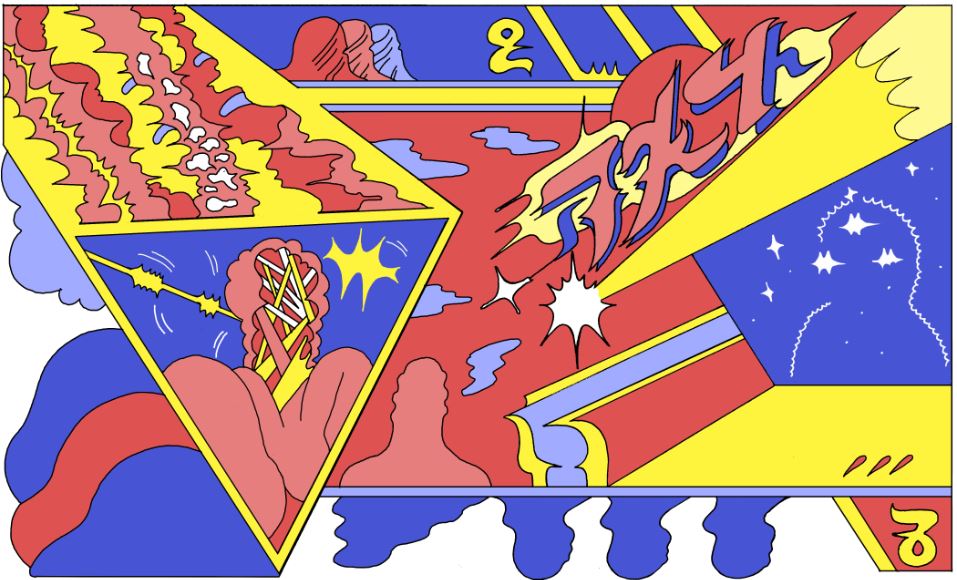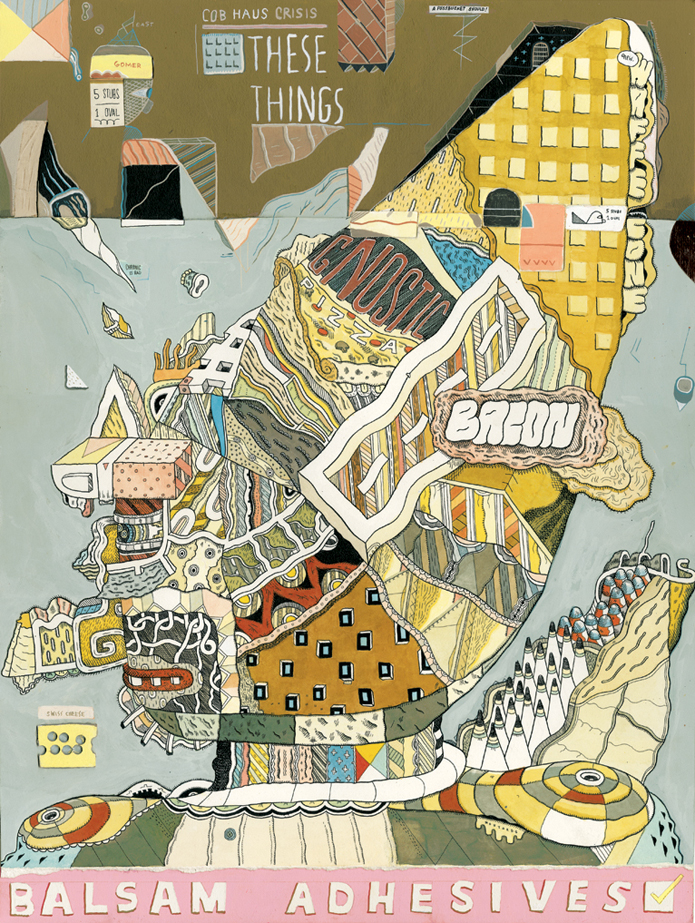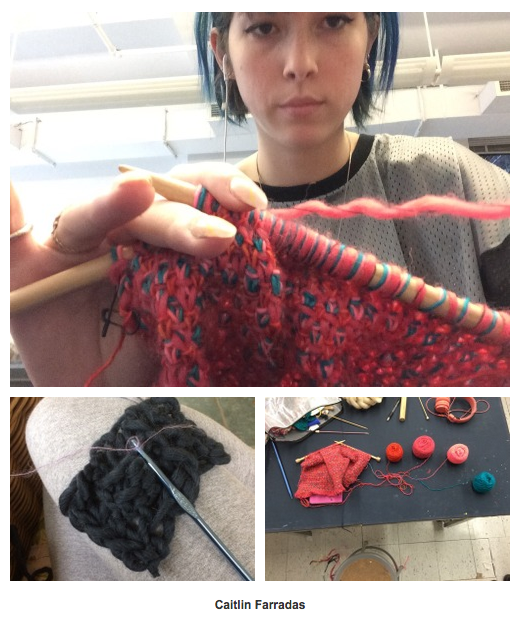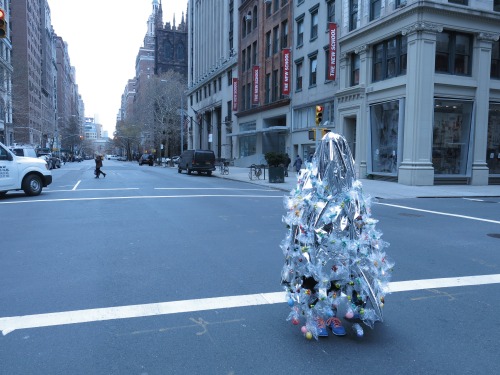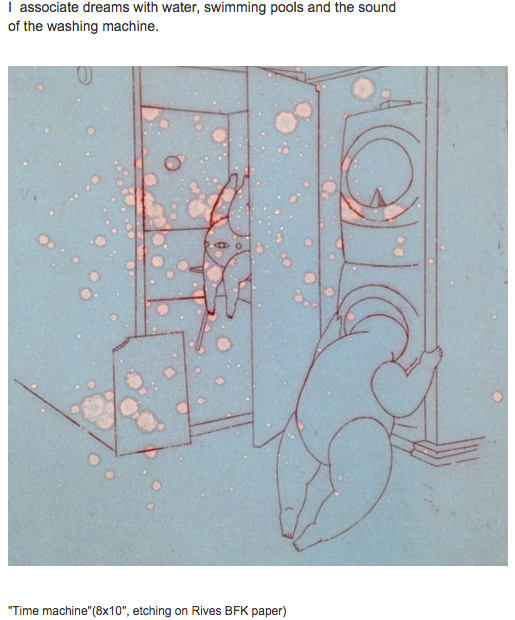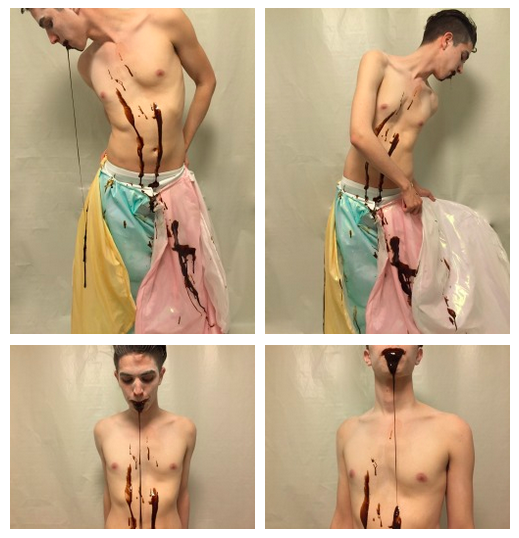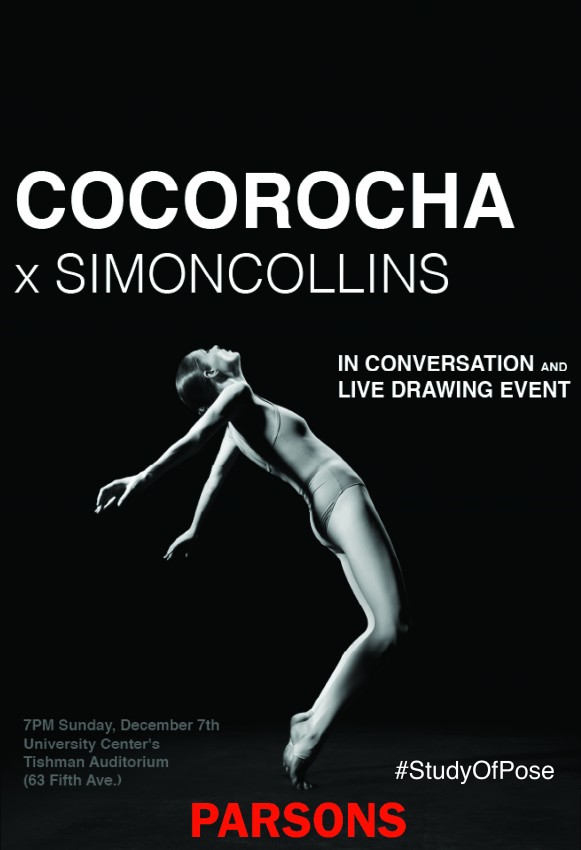New York Comics & Picture-story Symposium
The 115th meeting of the NY Comics & Picture-story Symposium will be held on Tuesday, February 17, 2015 at 7 pm at Parsons The New School, 2 West 13th Street, in the Bark Room (off the lobby). Free and open to the public. See the Spring ’15 Schedule here.
Presentations by Archie Rand and Alexander Rothman on Poetry Comics
- Archie Rand on hisPsalm 68 project and other poetry-image works.
Artist Archie Randwas born in Brooklyn and studied in New York City. He received a B.A. in cinegraphics from the Pratt Institute in 1970, later studying at the Art Students League of New York under Larry Poons. In 1966, he had his first solo show at the Tibor de Nagy Gallery in New York, launching a career of over 80 solo exhibitions and 200 group exhibitions thus far in the U.S. and abroad.
A frequent collaborator with artists and poets, Rand has worked as draughtsman with Robert Creeley and John Yau exploring such subjects as jazz, the Bible, and Jewish history. In 1974, he completed murals for the 13,000 square foot interior of B’nai Yosef Synagogue in Brooklyn, a monumental three-year project. Rand has administered and taught at numerous graduate art programs and appeared in major art journals and newspapers for over three decades. The recipient of numerous grants and awards, Rand is Presidential Professor of Art at Brooklyn College.
http://www.archierand.com/
Image by Archie Rand from Psalm 68 project
- Alexander Rothmanon Close Reading Comics Poetry.
If a cartoonist sets out to make “comics poetry,” what tools are available to her? How is her work likely to relate to other kinds of comics, or to poetry for that matter? Through close readings, this talk will explore how creators have answered these questions over the last fifty years, with an emphasis on the present day. Specifically, we’ll look at work by Joe Brainard and the New York School Poets, Warren Craghead, John Hankiewicz, and Marion Fayolle.
Alexander Rothmanis a cartoonist and poet whose work has appeared in venues including The Indiana Review, Drunken Boat, The Brooklyn Rail, and š! He is publisher and co-editor-in-chief of Ink Brick, a micro-press dedicated to comics poetry, and he cohosts Comics for Grownups, a review podcast available on iTunes. See more of his work at inkbrick.com.
The image is by Marion Fayolle
New York Comics & Picture-story Symposium for Feb. 10, 2015
The 114th meeting of the NY Comics & Picture-story Symposium will be held on Tuesday, February 10, 2015 at 7 pm at Parsons The New School, 2 West 13th Street, in the Bark Room (off the lobby). Free and open to the public.
Aidan Koch will discuss the prevalence and participation of comics and comics format in contemporary art.
Aidan Koch is an artist working in New York City. She has released several graphic novels including Xeric Award winner The Blonde Woman, and Impressions. Her sculpture and installation work has been exhibited in Antwerp, Paris, Austin, and Brooklyn.
Parsons Alumni Reception, Friday 2/13

The School of Art and Design History and Theory and the School of Art, Media, and Technology invite Parsons alumni from all disciplines back to campus for a celebratory alumni reception during the 103rd annual College Art Association Conference.
PARSONS ALUMNI RECEPTION
FRIDAY, FEBRUARY 13
6:30 – 8:30 pm
Sheila C. Johnson Design Center Lobby
2 West 13th Street
RSVP
Parsons alumni and all conference registrants are also invited to an Agnes Martin roundtable discussion, moderated by Parsons faculty member Karen Schiff, immediately preceding the reception.
For more information, contact us at alumni@newschool.edu or 212.229.5662 x3784.
NY Comics & Picture-story Symposium: Nick Thorkelson on Herbert Marcuse
 The 112th meeting of the NY Comics & Picture-story Symposium will be held on Tuesday, January 27, 2015 at 7 pm at Parsons The New School, 2 West 13th Street, in the Bark Room (off the lobby). Free and open to the public. Please note 7 pm starting time.
The 112th meeting of the NY Comics & Picture-story Symposium will be held on Tuesday, January 27, 2015 at 7 pm at Parsons The New School, 2 West 13th Street, in the Bark Room (off the lobby). Free and open to the public. Please note 7 pm starting time.
Nick Thorkelson on Herbert Marcuse and Pedagogical Comics
Nick Thorkelson will talk about his projected book-length nonfiction comic on Marcuse, the German philosopher who was a mentor to the 1960s radical movements. The talk will also survey the field of pedagogical comics, from Rius and Rifas to Gonick and Sacco, and Nick’s contributions to that field which include The Underhanded History of the USA, The Comic Strip of Neoliberalism, Economic Meltdown Funnies, and short comics about Mr. Block, Kenneth Patchen, Yiddish poets, radical Christians, and the origins of modern jazz.
The Marcuse book situates Herbert Marcuse in the world of German anti-fascist refugees (Brecht, Adorno, Fritz Lang, Walter Benjamin, etc.), their debates regarding “high” and “low” art, and their contributions to American culture, which arguably include film noir and its poor relations, Crime Does Not Pay and The Spirit. The book will incorporate Nick’s latest comics story, “You Had to Be There,” about the German historian George Mosse who excited midwestern college students in the 1960s and 70s with his explorations of the detritus of European popular culture.
Nick Thorkelson is a former editorial cartoonist for the Boston Globe who creates comics and cartoons for groups working on industrial safety, worker rights, social welfare, peace, and the environment. For the last ten years he has worked closely with historian Paul Buhle on a series of nonfiction comics, including a 4-pager on the 50th anniversary of Herbert Marcuse’s One Dimensional Man which appears in the current issue of Jewish Currents.
NY Comics & Picture-story Symposium *Special Edition: Eddy Portnoy
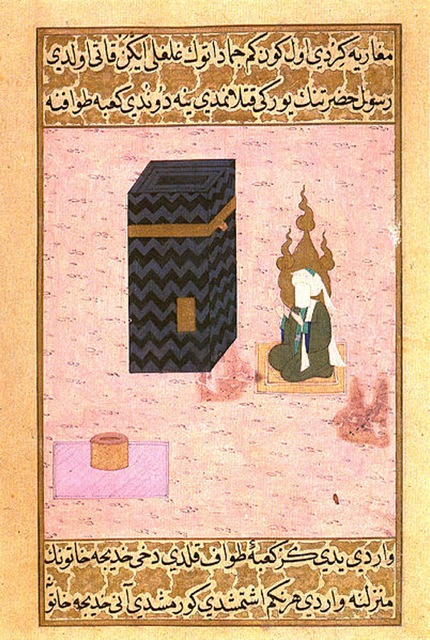 A special meeting of the NY Comics & Picture-story Symposium will be held on Tuesday, January 13, 2015 at 7 pm at Parsons The New School, Theresa Lang Student Center, 55 West 13th Street, 2nd floor. Free and open to the public. Please note new location and time.
A special meeting of the NY Comics & Picture-story Symposium will be held on Tuesday, January 13, 2015 at 7 pm at Parsons The New School, Theresa Lang Student Center, 55 West 13th Street, 2nd floor. Free and open to the public. Please note new location and time.
Eddy Portnoy will revisit his 2014 presentation on “Cartoon Provocateurs: the non-existent red lines of Charlie Hebdo,” in light of this week’s deadly attack on the offices of the French satirical weekly. Also, a screening of documentary clips concerning the events surrounding the reprinting a set of 12 cartoons of the Prophet Mohammed that had originally appeared in the Danish newspaper, Jyllands Posten in 2006, in addition to some of their own. Sued in 2007 for defamation of a religious community by the Great Mosque of Paris, the Union of Islamic Organizations of France and the World Muslim League, Charlie Hebdo mounted a vigorous defense and was ultimately absolved of any wrongdoing. A discussion will follow.
Eddy Portnoy teaches in the Judaic Studies program at Rutgers University and also serves as the academic advisor at the YIVO Institute for Jewish Research. In addition to curating exhibits, he writes and lectures on Jewish popular culture.
Parsons Illustration Faculty Ben Katchor’s Events This Month
See what Illustration faculty Ben Katchor is up to!
Thursday, January 8, 2015 at 6pm
Illustrated Reading
Octavia Books
513 Octavia Street
New Orleans, LA 70115
504-899-READ (7323)
January 9-11, 2015
New Orleans Comic Con
Saturday, Jan. 10 at 3:30pm Indie comics panel with Dean Haspiel and Ben Katchor
Sunday, Jan. 11 at 3:30pm, WWII and Comics with Danny Fingeroth and Ben Katchor
New Orleans Ernest N. Morial Convention Center
900 Convention Center Blvd.New Orleans, LA
Jan. 9 – 31, 2015
Comics zur Lage der Welt
Le Monde diplomatique und Reprodukt präsentieren
47 Künstler aus 22 Ländern und ihre Arbeiten aus Le Monde diplomatique
Group exhibition:
Galerie Neurotitan im Haus Schwarzenberg
Rosenthaler Straße 39
10178 Berlin
Illustrated reading by Ben Katchor:
Wednesday, Jan 21 at 19.00
tazcafe
Rudi-Dutschke-Str. 23
10969 Berlin
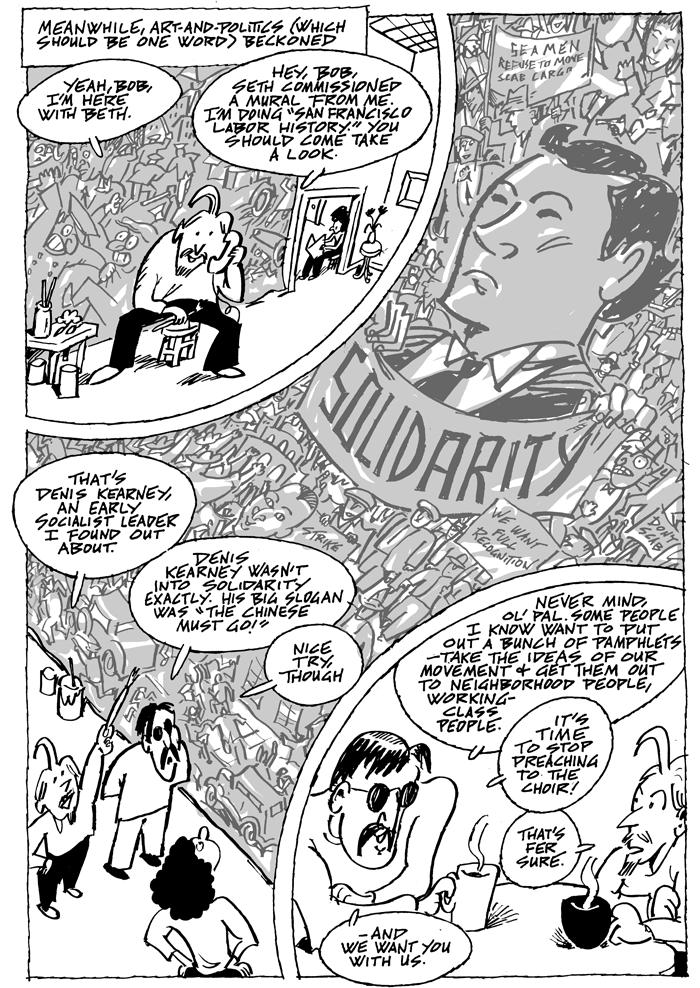
NY Comics & Picture-story Symposium Spring ’15 Line-up!
Clare Victor “Dwig” Dwiggins came of age in idyllic rural America in the late 1800s and worked in comics from 1900 to the 1950s. He enjoyed a boyhood much like that of Mark Twain’s characters Tom Sawyer and Huck Finn. Working at first in whimsical illustrations and screwball comics, Dwig later sought to recapture his magical childhood in syndicated comics like School Days, and Tom Sawyer and Huck Finn, reflecting the rise of nostalgia in industrial America.
Ving Fuller’s career spans the 1920s to the early 1960s. He was the barely successful cartoonist brother of famed Hollywood maverick filmmaker Sam Fuller. Creator of the first psychiatrist in comics, Doc Syke, Fuller made urban screwball comics that dealt with a host of post-war American neuroses, including gags about the atomic bomb that first appeared mere weeks after Hiroshima and Nagasaki.
When juxtaposed together, the lives and work of these three obscure cartoonists tell a larger story that helps shed light on American comics and culture in the first half of the twentieth century.
Paul Tumey was a co-editor and essayist for The Art of Rube Goldberg (Abrams ComicArts 2013). He was also a contributing editor and essayist of Society is Nix (Sunday Press, 2013). His essay on Harry Tuthill appears as the introduction to The Bungle Family 1930 (IDW Library of American Comics, 2014). His work can be read regularly in his column, Framed! at the online Comics Journal (www.tcj.com).
Trying to write international histories of comics presents numerous problems including most obviously command of a range of languages. But beyond that what sort of organizing principles would best capture the interplay across countries and cultures. Should people try to write histories that trace artists and influences across national boundaries with attention to whom influenced whom and the extent of that influence and similar sorts of questions? Or perhaps focussing on genres of comics, like various incarnations of the mischievous boy in comics, might show more about similarities and differences across different comics traditions.
Drawing movement has always been a fascination and a goal of Lale Westvind’s work, motion being the life force or energy of the physical space. This lecture will highlight the visual vocabulary created as a means to that end.
Inside “Fashion Illustration Performance” Class at Parsons
We paid a visit to this class–taught by AMT Illustration faculty, Nora Krug, and School of Fashion faculty, Gabriel Asfour–sat in on some fantastic presentations, and asked a few questions.
Read on for student responses, insight from the instructor, and some amazing outfits, process shots and performances from the Fashion Illustration and Performance class and blog!
What was your project based on?
“My project was inspired by Agnes Richter’s straight jacket and Japanese Boro fabric. I was drawn to their personal, historical and durational qualities. The materials I used varied, but were mostly found objects or personal scraps discovered each day.” – Sarah Lawrence
“My project was based off my personal life being a gay man growing up in a Christian family; the idea of being trapped in a cage.” – Richard Lopez
“My Project was about Nightmares and Dreams and how could I create a portal betweeen our subconscious and our reality. I used dream catcher based elements like think rope, wire, beads, fake pearls and ostrich feathers.” – Rosa Andia
“Creating wearable objects for kids with physical disabilities.” – Lexy Ho-Tai
What was your favorite part of the class?
“Seeing other people’s work. Especially from other programs and getting their feedback.” – Xinyi Li
“Receiving feedback from both professors who have such different ideas/talents/approaches. I also enjoyed exchanging ideas with students in different majors/ disciplines.” – Sarah Lawrence
“My favorite part was the openness we were given with the assignment. We were able to allow our aesthetic to come through.” – Chrisila Maida
“The freedom and flexibility of creating our own projects.” – Carmen Gama
What has this class taught you?
“This class has taught me bigger life lessons about society and the problems that people face. This class helped me push my boundaries and develop my concept to it’s full potential.” – Advika Aggarnial
“How to follow my gut. Channel my sentimentality. Move away from writing. Achieve compelling aesthetics. Have a lot of fun!”- Anais Freitas
“This class has encouraged me to treat my work as an art form. To not hold back to make something “wearable” in ans everyday sense of the term. I have grown to trust my guy and my vision and explore it with out hesitation.” – Sarah Lawrence
“[How to combine] art with socially engaged works.” – Lexy Ho-Tai
We also asked instructor Nora Krug about the formation of the class and the development of the “Fashion Illustration Performance” blog.
Live Supermodel Drawing and Talk Sunday, 12/7, with Coco Rocha and Simon Collins
Parsons Students and Faculty are invited to join supermodel Coco Rocha and Dean of Fashion Simon Collins for a 30 minute conversation followed by a live drawing session, as Coco Rocha poses for students as in her upcoming book “Study of Pose: 1000 Poses by Coco Rocha.”
Both events will take place at 7PM on Sunday, December 7th at the University Center’s Tishman Auditorium (63 Fifth Ave.)
RSVP here: http://tinyurl.com/studyofposeparsons
*Please note, drawing materials will not be provided. Bring your own.
